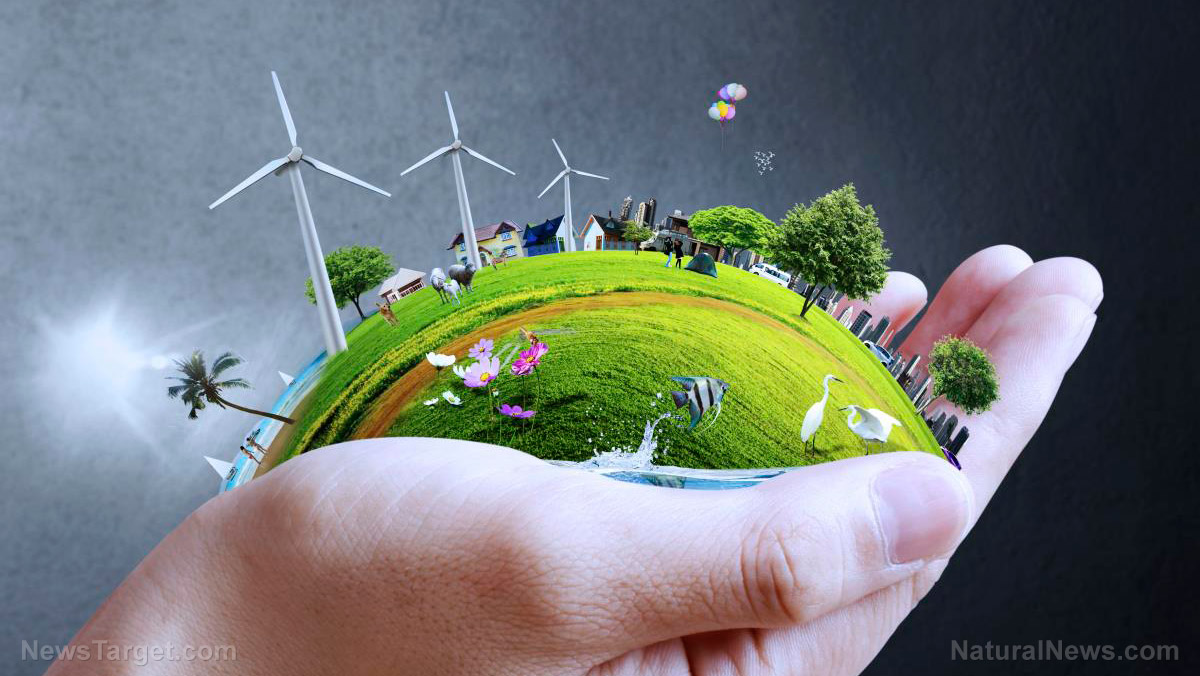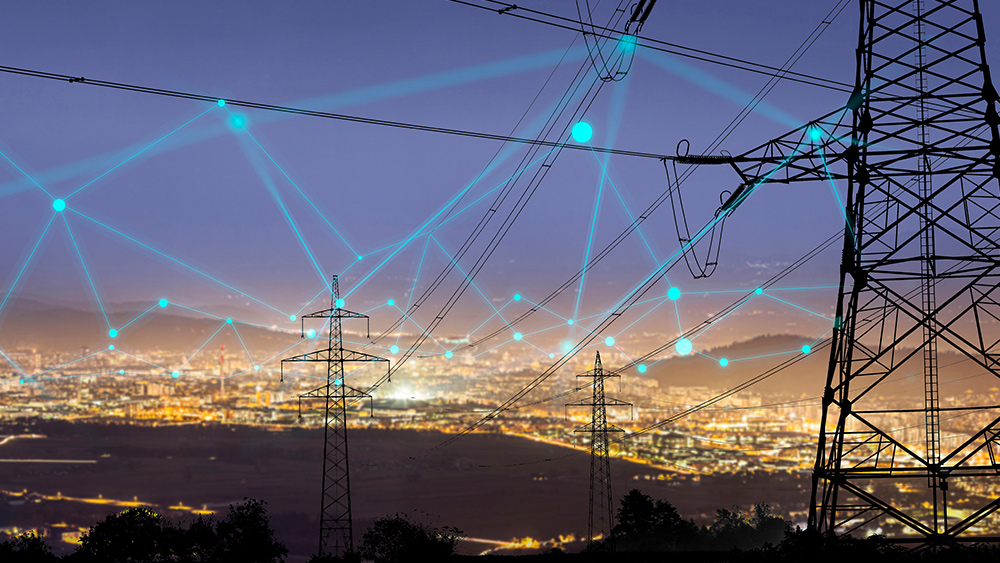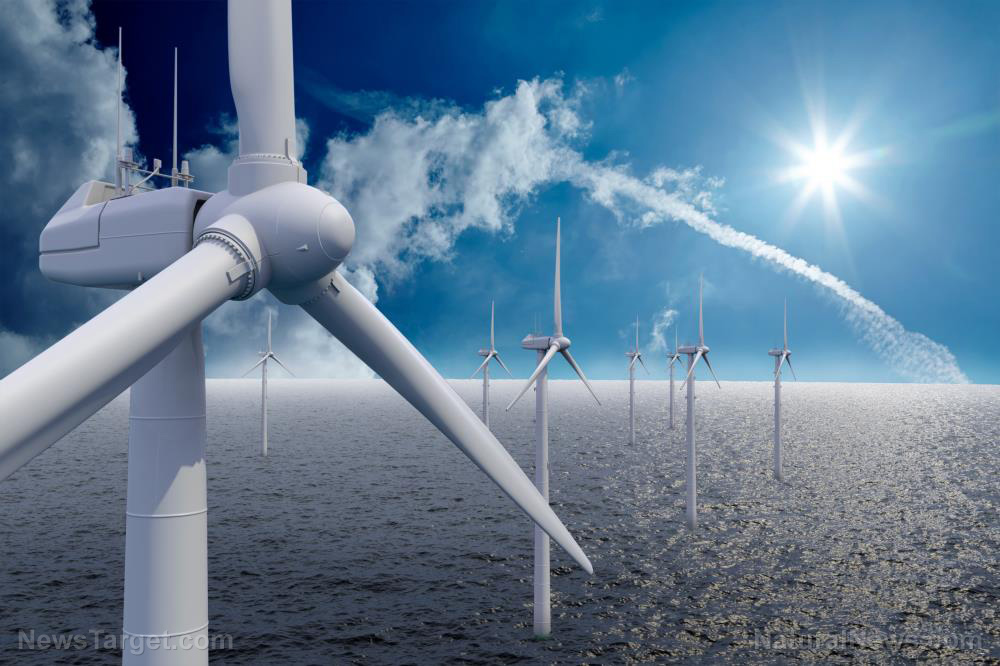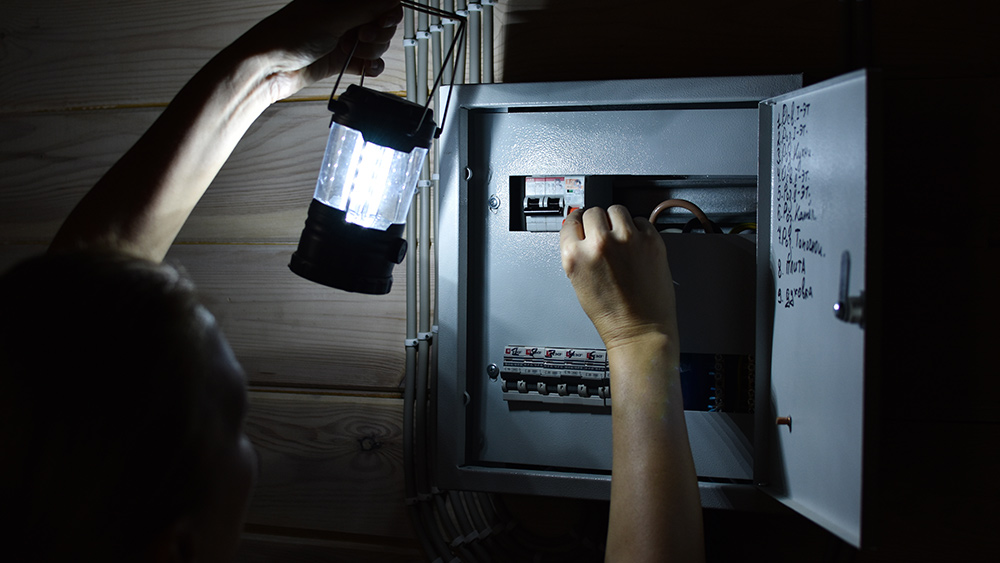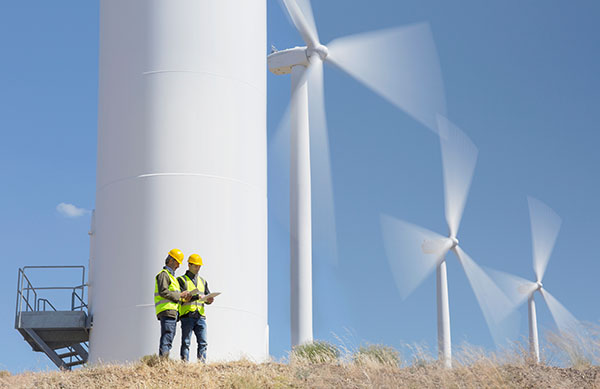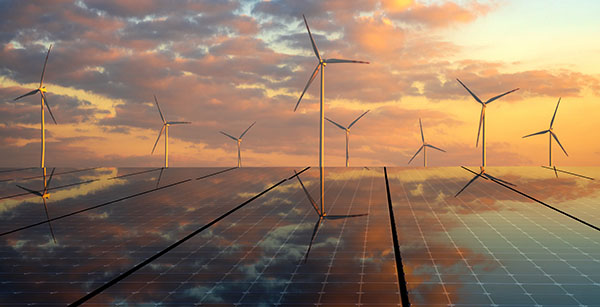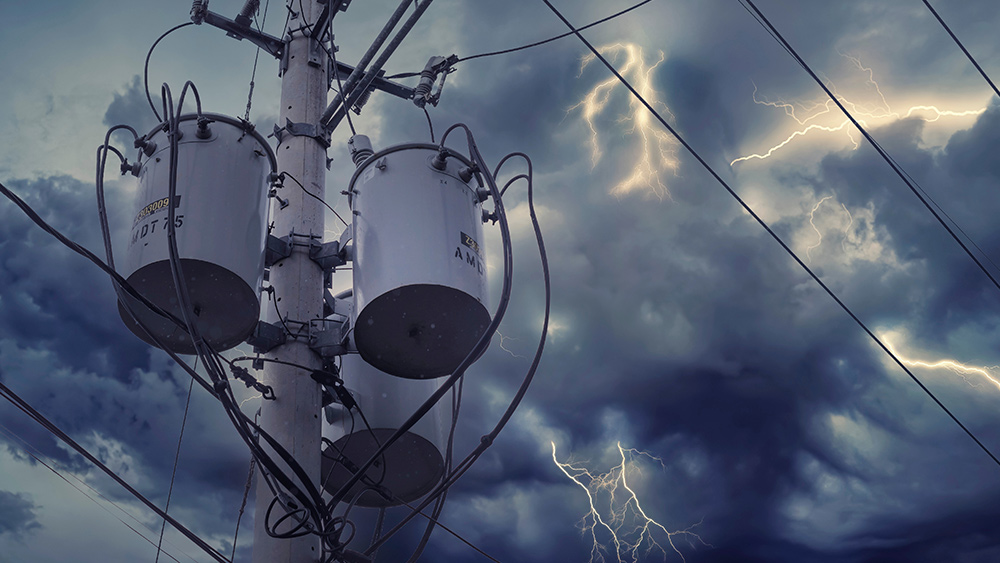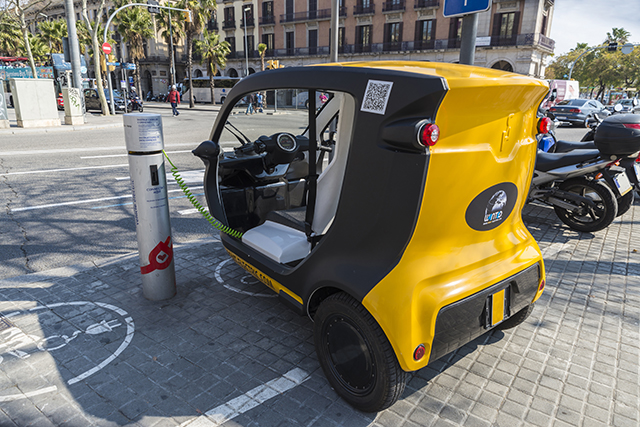China still thinks fossil fuel is key to a reliable power grid
03/14/2023 / By Kevin Hughes

Despite the growing popularity of renewable energy, China still thinks fossil fuel is the key to boost the reliability of the country’s power grid.
“We will strengthen the basic supporting role of coal and take orderly steps to increase advanced coal production while ensuring safety,” the Chinese National Development and Reform Commission (NDRC) declared in a report to the National People’s Congress on March 5. The NDRC serves as China’s state planner in charge of macroeconomic policy.
Beijing China approved the construction of another 106 gigawatts (GW) of coal-fired power capacity in 2022, four times higher than 2021 levels and the highest since 2015. Data from the Chinese National Bureau of Statistics revealed that the communist nation relied on coal to produce 56.2 percent of its electricity last year.
Energy security considerations – unstable output from renewable plants in particular – prompted policymakers to turn to coal power. Sizzling summer temperatures and drought in China’s southwest region last year brought hydropower output down, resulting in power outages.
However, the Global Energy Monitor (GEM) pointed out that Beijing was “the glaring exception to the ongoing global decline in coal plant development.”
China also making huge strides in renewables
Observers, however, pointed to China as the unquestionable worldwide leader in renewable energy expansion – outpacing the rest of the world when it comes to this endeavor. It comes as part of the Chinese central government’s strategy to decrease energy intensity and slash carbon emissions.
Mike Hemsley, deputy director at the Energy Transitions Commission think tank, remarked during the International Energy Week in London: “When we look around the world today, we can firmly see that the energy transition is in progress. China is building renewables at such a staggering rate [that] it is said to outperform the targets they have set themselves.”
He also said around 50 percent of all renewables created every year were made in China. Hemsley cited the efforts of Masdar – the United Arab Emirates’ state-owned-renewables developer – to build 100 GW of renewable energy plants by 2023.
“China, every year, is building around 75 GW of wind and in excess [of] 100 GW of solar every year,” the ETC deputy director remarked.
At this pace, Hemsley said Beijing is on track to attain 1,800 gigawatts of total renewables by 2030. It would be 50 percent higher than the target of 1,200 gigawatts of total renewables by the end of the decade set by Chinese President Xi Jinping.
In 2020, Xi declared plans for China to aim for peak carbon emissions in 2030 and for carbon neutrality by 2060. (Related: Report: China must shut 600 coal-fired power plants to hit climate targets by 2060.)
Ultimately, China itself is aware of the need for coal-fired power plants. Meanwhile, the West is now insidiously eschewing more reliable fossil fuels in favor of unstable renewable energy sources – leaving them in the dark when sun and wind are not available.
Follow CommunistChina.news for more news about China.
Watch this G News report about China turning to coal-fired power plants for its energy needs.
This video is from the Chinese taking down EVIL CCP channel on Brighteon.com.
More related stories:
China built the equivalent of more than one large coal plant every week in 2020.
Power shortages in China may cause world food and commodities prices to surge.
Report: China emits more greenhouse gases than all developed countries combined.
China faces gas shortage as Beijing seeks to conserve coal, diesel and other fossil fuels.
Sources include:
Submit a correction >>
Tagged Under:
big government, carbon emissions, China, climate, coal, electricity, energy supply, fossil fuel, fuel supply, green deal, green energy, green tyranny, power, power grid, renewable energy
This article may contain statements that reflect the opinion of the author
RECENT NEWS & ARTICLES
PowerGrid.News is a fact-based public education website published by Power Grid News Features, LLC.
All content copyright © 2018 by Power Grid News Features, LLC.
Contact Us with Tips or Corrections
All trademarks, registered trademarks and servicemarks mentioned on this site are the property of their respective owners.


